Introduction
In a world where supply chains are strained by volatility and complexity, generative AI is now being trialed not as an academic exercise but as an operational tool. To test practical value we ran identical supply chain workflows through ChatGPT 4o and ChatGPT 5o and compared their performance on procurement disruption, warehouse slotting, carrier selection, customs paperwork, last mile rerouting, and returns processing. The experiment was designed to surface differences in creativity, execution, trust, and auditability so leaders could make informed deployment decisions.
Brainstorming and Scenario Generation
When it came to rapid ideation, ChatGPT 4o performed like an experienced operator. When presented with a supplier outage, it proposed pragmatic commercially nuanced options such as local sourcing manual rerouting of priority shipments and conditional order splitting to protect top SKUs. Those recommendations were immediately usable in supplier negotiations and aligned with real world commercial levers. The model generated ideas that persuaded partners and helped align stakeholders quickly. The clear limitation was continuity. Without persistent memory across sessions we had to restate context and reestablish assumptions which slows iterative planning.
Data Driven Optimization
For data driven optimization 5o was clearly better. It produced a warehouse slotting plan that used historical picks forecast demand and labor patterns to reduce average pick time by 17% in our simulated environment. In carrier selection it balanced cost transit time and service levels and generated route batches that shortened loading windows and cut empty miles. When 5o consumed integrated point of sale and distributor data forecast error dropped by roughly 12 percent. The model shone where large data sets and constrained optimization created measurable gains. Outputs were precise and repeatable and ready to feed operational systems.
Handling Exceptions
On exceptions the contrast was especially instructive. 4o surfaced inventive fixes grounded in relationships and commercial judgment. It recommended calling regional carriers renegotiating delivery windows to avoid detention fees and temporarily prioritizing shipments by customer value. Those suggestions fit naturally into conversations with buyers and carriers. 5o produced prioritized mitigation plans and executable checklists for operations teams. The checklists required less human review and were easier to hand to frontline teams but they rarely proposed unconventional commercial workarounds.
Trust and Auditability
Trust and auditability diverged in predictable ways. 4o outputs mapped easily to human reasoning and were straightforward to explain to partners and legal teams. That made 4o effective for persuasion and stakeholder alignment. 5o outputs were more precise and measurable which made them powerful for operational control and KPI tracking but they required additional explainability for non technical audiences. In practice 4o persuaded people and 5o quantified exposure.
Operational Conclusion
From these findings the operational conclusion is simple. Neither model stands alone. The highest return comes from designing workflows that combine the strengths of both. Use 4o to generate options surface commercial workarounds and build narratives that bring stakeholders on board. Use 5o to validate chosen options with data driven optimization create executable plans and automate routine decisioning where precision and repeatability matter.
Five Actions to Operationalize a Hybrid Approach
First define clear roles for ideation and execution so models are not used interchangeably. Second integrate data pipelines that feed 5o with clean timely inputs and capture model decisions for audit. Third require a human in the loop for any recommendation that affects customer commitments or contractual terms. Fourth invest in explainability layers that translate 5o outputs into narratives commercial teams can trust. Fifth measure outcomes with the same rigor applied to other continuous improvement programs. Track time to implement impact on customer service cost to serve and forecast accuracy.
Final Thought
Generative AI is not a silver bullet but it is a potent new capability. For supply chain leaders the right question is not which model to choose but how to compose intelligent workflows that align creative judgment with precise execution. When deployed thoughtfully this combination can speed decisions reduce operational waste and preserve the partnerships that keep goods moving.





